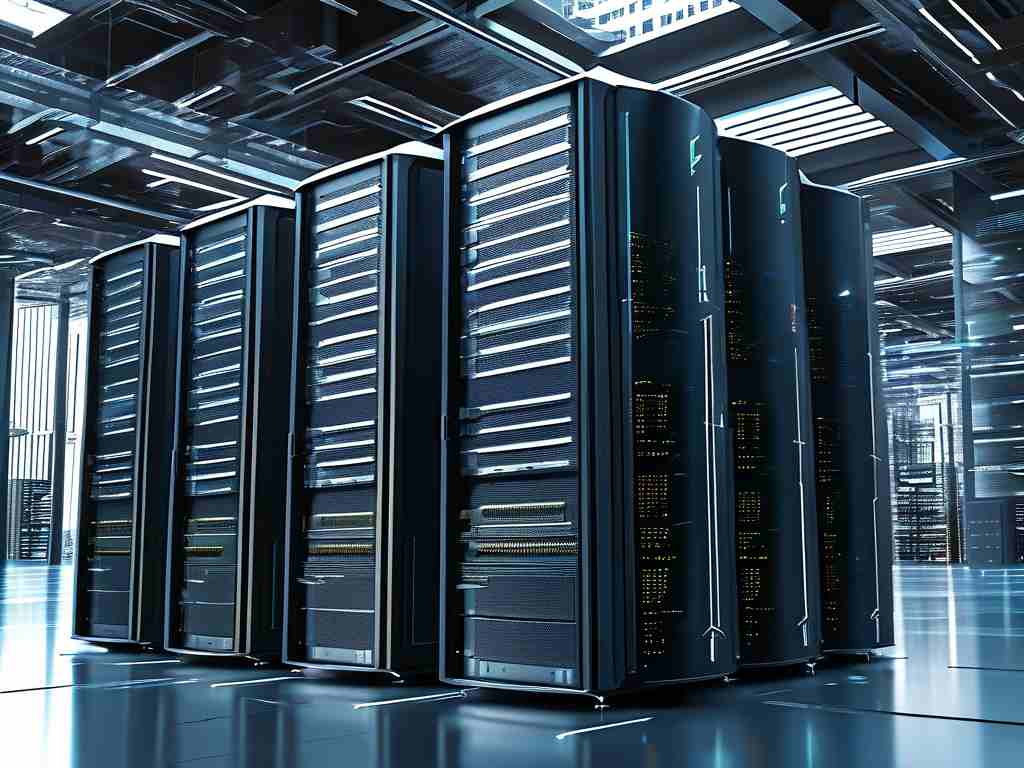The rapid evolution of computing demands has driven the emergence of distributed heterogeneous computing architectures, which integrate diverse hardware resources to optimize performance, scalability, and energy efficiency. This article explores the design principles, technical challenges, and practical applications of such architectures, with a focus on their structural representation through system diagrams.

Foundations of Distributed Heterogeneous Computing
A distributed heterogeneous computing architecture combines multiple processing units—such as CPUs, GPUs, FPGAs, and AI accelerators—across networked nodes. Unlike homogeneous systems, this approach leverages specialized hardware for specific workloads, enabling dynamic task allocation. For instance, GPU clusters may handle parallelizable tasks like machine learning training, while FPGAs manage real-time signal processing. The architecture diagram typically illustrates these components as interconnected nodes with labeled roles, data flow paths, and resource management layers.
A critical aspect of this design is resource orchestration. Middleware layers, such as Kubernetes or Apache Mesos, automate workload distribution based on device capabilities and availability. Below is a simplified Python pseudocode snippet demonstrating task prioritization:
def assign_task(task, resource_pool):
best_device = None
max_score = -1
for device in resource_pool:
score = calculate_fitness(task, device)
if score > max_score:
max_score = score
best_device = device
return best_device
Architectural Components and Workflow
- Heterogeneous Resource Pool: The backbone of the system, comprising CPUs, GPUs, and other accelerators. These are often geographically dispersed but unified via software-defined networking.
- Task Scheduler: Dynamically maps workloads to suitable devices using real-time metrics like latency, power consumption, and computational capacity.
- Data Fabric: Ensures low-latency communication between nodes, often employing protocols like RDMA or custom APIs for high-throughput data transfer.
- Fault Tolerance Layer: Implements redundancy and checkpointing to recover from hardware failures without disrupting workflows.
In a real-world deployment, edge computing scenarios benefit significantly from this model. For example, an autonomous vehicle system might use local FPGAs for sensor data preprocessing while offloading complex path-planning tasks to a centralized GPU cluster.
Challenges and Mitigation Strategies
While powerful, distributed heterogeneous systems face interoperability and complexity hurdles. Differences in hardware instruction sets, memory hierarchies, and driver ecosystems can lead to inefficiencies. To address this, modern frameworks like NVIDIA’s CUDA and Intel’s oneAPI provide abstraction layers for cross-platform compatibility.
Security is another concern. Multi-tenant environments risk data leakage if isolation mechanisms fail. Hardware-enforced trusted execution environments (TEEs) and encrypted data pipelines are increasingly adopted to mitigate risks.
Future Directions
The integration of quantum co-processors and neuromorphic chips into heterogeneous architectures is an active research area. These technologies promise exponential gains for optimization problems and pattern recognition tasks. Additionally, AI-driven auto-scaling algorithms are evolving to predict resource demands proactively, further enhancing system responsiveness.
In , distributed heterogeneous computing architectures represent a paradigm shift in tackling modern computational challenges. By unifying diverse hardware under intelligent management layers, organizations achieve unprecedented flexibility and performance. As the architecture diagram evolves to include emerging technologies, its role as a blueprint for next-generation systems will only grow more vital.




